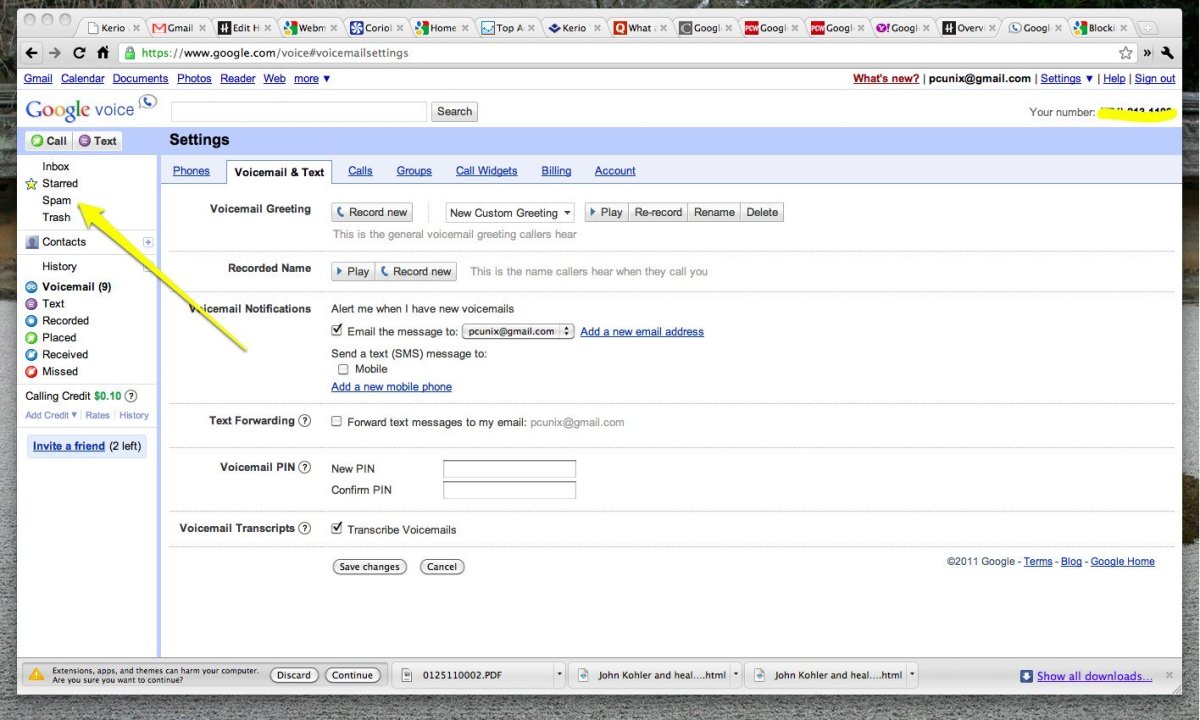Labor Burden and Overhead Expense for Small Business

Small business owners often have to estimate project budgets as well as what to charge clients for any contracted work. The closer the estimates are to the final amount, the better owners can manage their expenses and make a profit. Two major components of any estimates or final costs are the labor burden and overhead expense.
© 2012 by Aurelio Locsin.
Basics
Accurate estimates are a necessary part of small business planning and customer negotiations. Bad figures can increase expenses and lose customers. Estimates generally consist of materials costs and labor, sometimes called overhead. Materials are relatively easy to figure since prices for them are fixed. For example, if you know the price of floor tile is $2 a square foot, and the client needs 1,000 square feet, then the estimate for materials is $2,000. Labor costs can be more challenging since they consist of several variables that are usually divided between the overhead expense and the labor burden.
Overhead Expense
The overhead expense is the cost of keeping your small business running. It includes office expenses such as rent, utilities, supplies, equipment, insurance, marketing and vehicles. It also includes the salaries of all employees, and not just the ones involved in a project. Because these costs fluctuate, they may be more difficult to calculate than labor burden. You must be able to divide these costs into an hourly rate to which the labor burden and salary are added for the total labor cost. For example, assume overhead expenses run $800 per 40-hour week for two employees. That comes to $400 per week per employee. Dividing $400 by 40 hours gives an overhead expense of $10 per hour per employee, which must then be added to labor burden for the total labor cost.
Labor Burden
The labor burden is the cost of an employee over his salary and generally includes such factors as taxes and benefits. For example, a draftsman may have a salary of $20 an hour. The cost of his benefits and taxes may total $15, which represents the labor burden. The total labor cost of the employee thus equals $20 + $15 or $35. Some businesses do not have materials costs that they can mark up and charge to the client. They rely only on labor charges, which cover overhead expense and labor burden, to make money. Such examples include consultants and law firms.
Considerations
Costs for labor burden, overhead expenses and materials are never detailed on a project sheet for a client. Instead, one figure may represent labor and the other may show materials. In both cases, the rate charged to the customer must cover all expenses and include an amount for profit. For example, assume a consultancy offers a project with an employee that costs $30 in salary and $20 in labor burden for a total labor cost of $50. In, addition the overhead for that employee is $10, which bumps the total hourly cost of labor to $50 + $10 or $60. In addition, the small business owner wants a profit of 40 percent. Multiplying $60 by 1.4 yields $84. The client estimate would thus show an hourly rate for labor at $84.








